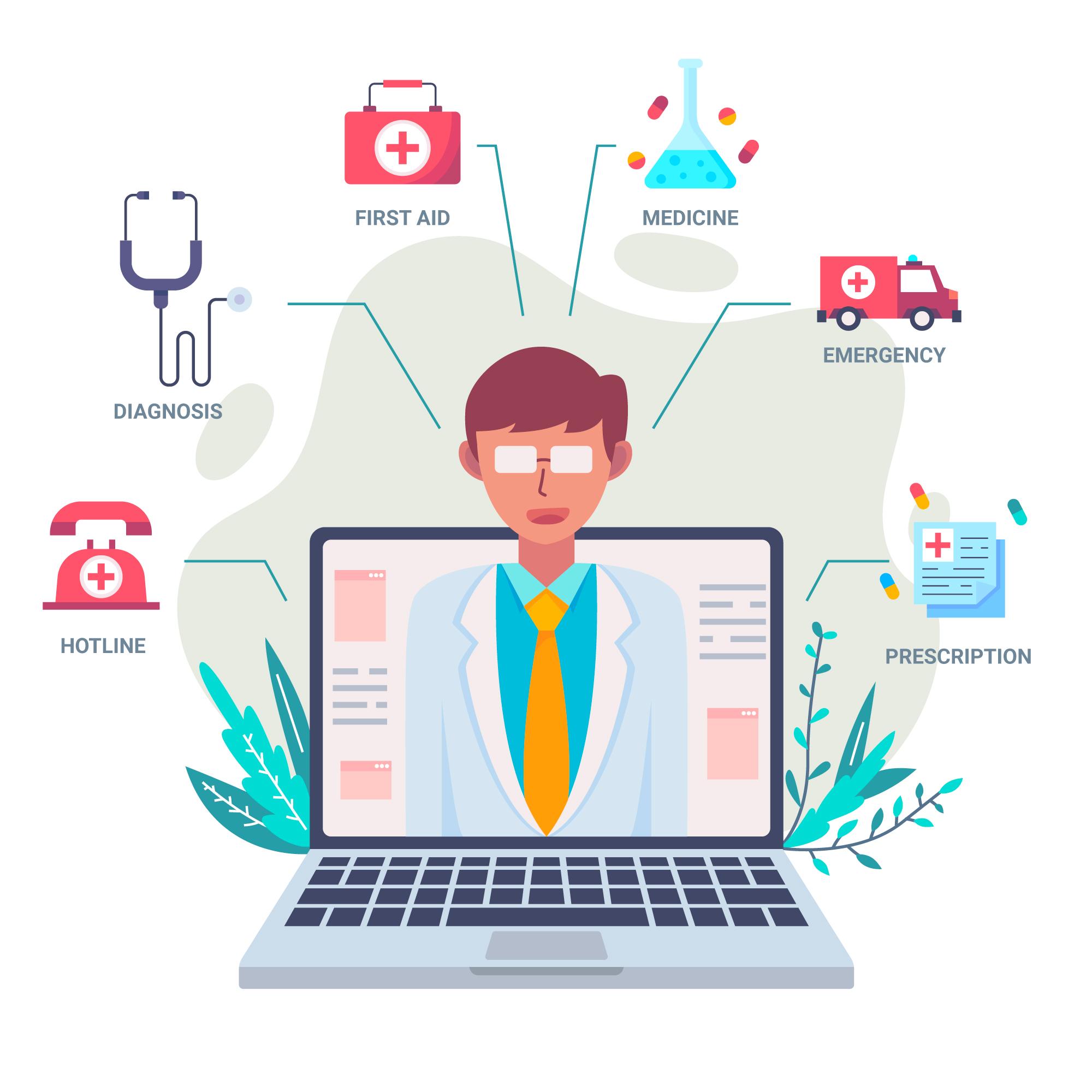
The healthcare industry thrives on precision, efficiency, and seamless communication. At the heart of this ecosystem lies medical coding, a critical function that bridges patient care, billing, and regulatory compliance. Whether you’re a healthcare professional looking to upskill or a career-changer seeking stability and growth, medical coding offers unparalleled opportunities. In this comprehensive guide, we’ll explore what medical coding is, its scope, job roles, key coding systems, and why Cliniversity is your ultimate partner in mastering this field. Let’s dive in!
🔍 What is Medical Coding?
Medical coding is the process of translating complex medical diagnoses, procedures, and services into standardized alphanumeric codes. These codes ensure accurate billing, streamline insurance claims, and maintain organized patient records. Think of coders as the “linguists” of healthcare—they convert physician notes, lab results, and treatment plans into a universal language understood by insurers, regulators, and healthcare providers.
The Coding Systems
- ICD-10-CM (International Classification of Diseases, 10th Revision): Codes for diagnoses (e.g., E11.9 for Type 2 Diabetes).
- CPT (Current Procedural Terminology): Codes for medical procedures (e.g., 99213 for a routine office visit).
- HCPCS (Healthcare Common Procedure Coding System): Codes for equipment, medications, and services not covered by CPT (e.g., A4253 for glucose test strips).
Example: A patient with pneumonia (ICD-10: J18.9) undergoes a chest X-ray (CPT: 71045) and is prescribed antibiotics (HCPCS: J0696).
💡🌟 The Expanding Scope of Medical Coding💡🌟
Medical coding is a $20+ billion industry globally, driven by aging populations, digitization of healthcare, and rising demand for error-free claims processing. Let’s break down its scope:
1. Global Demand
- India’s Healthcare Boom: India’s clinical research sector is growing at 8.2% CAGR, with medical coding roles surging due to outsourcing and revenue cycle management needs.
- U.S. Opportunities: The U.S. Bureau of Labor Statistics projects 8% growth for medical records specialists by 2032.
2. Versatility Across Sectors
Coders work in diverse settings:
- Hospitals & Clinics
- Insurance Companies
- Pharmaceutical Firms
- Telehealth Platforms
- Government Agencies
3. Regulatory Compliance
With laws like HIPAA (Health Insurance Portability and Accountability Act) and ICD-10 mandates, coders ensure adherence to legal standards, minimizing risks of audits or penalties.
💼 Job Roles in Medical Coding
A career in medical coding isn’t a dead-end—it’s a launchpad for advancement. Here’s a roadmap:
1. Entry-Level Roles
- Medical Coder: Assign codes to patient records.
- Billing Specialist: Manage claims and resolve denials.
- Clinical Data Analyst: Analyze coded data for trends.
2. Mid-Level Roles
- Coding Auditor: Review codes for accuracy and compliance.
- Compliance Officer: Ensure adherence to regulations.
- Medical Coding Trainer: Educate new coders.
3. Advanced Roles
- Health Information Manager: Oversee entire coding departments.
- Consultant: Advise healthcare organizations on coding efficiency.
- CDI (Clinical Documentation Improvement) Specialist: Optimize documentation for accurate coding.
Salary Snapshot:
- India: ₹3–8 LPA (entry-level) to ₹10–20 LPA (senior roles).
- U.S.: 45,000–45,000–70,000 annually, with certified professionals earning 20% more.
📚 Understanding Key Coding Systems
Let’s decode the three pillars of medical coding:
1. ICD-10-CM (Diagnoses)
- Structure: Alphanumeric codes (e.g., G43.909 for migraine).
- Use Case: Inpatient/outpatient diagnoses, mortality statistics.
- Challenge: Regular updates (e.g., COVID-19 codes added in 2020).
2. CPT (Procedures)
- Categories:
- Category I: Common procedures (e.g., surgery, imaging).
- Category II: Performance measurement (optional).
- Category III: Emerging technologies (e.g., telemedicine).
3. HCPCS (Services & Supplies)
- Level I: Identical to CPT.
- Level II: Non-physician services (e.g., ambulances, prosthetics).
🚀 Why Pursue Medical Coding?
1. High Demand, Low Competition
- Skill Gap: Only 15% of coders globally hold certifications like CPC (Certified Professional Coder), creating opportunities for trained professionals.
- Remote Work: 60% of coders work remotely, per AAPC (American Academy of Professional Coders).
2. Career Stability
Healthcare is recession-proof. Coders are indispensable for billing accuracy, ensuring steady demand.
3. Growth Potential
Certifications like CPC, COC (Certified Outpatient Coder), and CRC (Certified Risk Adjustment Coder) unlock higher salaries and leadership roles.
4. Impact on Patient Care
Accurate coding prevents claim denials, ensuring hospitals have resources to deliver quality care.
📊 Poll: What’s your career goal?
✅ Remote work flexibility
✅ Leadership roles
✅ Specialized certifications
🎓 How Cliniversity Prepares You for Success
Cliniversity isn’t just a training provider—it’s a career accelerator. Here’s why we’re the #1 choice for aspiring coders:
1. Comprehensive Curriculum
- Foundations: Anatomy, terminology, and coding guidelines.
- Advanced Modules: ICD-10-CM, CPT, HCPCS, and modifiers.
- Specializations: Cardiology, oncology, and pediatrics coding.
2. Interactive Learning
- Live Workshops: Weekly sessions on denial management, compliance, and EHR software.
- Coding Simulations: Tackle real-world cases (e.g., ER charts, surgery reports).
3. Industry-Recognized Certifications Training
- CPC (Certified Professional Coder): Gold standard for outpatient coding.
- CCS (Certified Coding Specialist): Focus on hospital inpatient coding.
4. Placement Support
- Resume Building: Craft ATS-friendly resumes.
- Mock Interviews: Master behavioral and technical questions.
- Job Portal: Access exclusive openings with top employers
5. Alumni Success Stories
- Riya Sharma: Transitioned from nursing to coding, now earning ₹6.5 LPA at Max Healthcare.
- Arjun Patel: Landed a remote role with a U.S. hospital, doubling his income.
📈 How Medical Coding Fuels Career Growth
1. Vertical Mobility
Start as a coder, advance to auditor, then CDI specialist or HIM director.
2. Lateral Shifts
Branch into related fields like medical writing, health IT, or clinical research.
3. Entrepreneurship
Launch coding consultancy firms or training academies.
4. Global Opportunities
U.S., UAE, and Australia actively recruit certified coders.
🚨 Why Accuracy Matters
A single coding error can trigger claim denials, audits, or legal action. Cliniversity emphasizes:
- Detail-Oriented Training: Avoid upcoding (overbilling) and under-coding.
- Compliance Mastery: Navigate HIPAA, GDPR, and local regulations.
- Software Proficiency: Learn 3M Encoder, Epic, and Meditech.
📉 Cost of Errors:
- Claim Denials: 10% of claims are rejected due to coding mistakes.
📢 Ready to Transform Your Career?
Join Cliniversity graduates who’ve unlocked careers in healthcare.
🔗 Next Steps:
Contact: +91 7676838731
💬 Let’s Hear From You!
- What coding challenge are you eager to tackle?
- Have questions about certifications?
🌐 Connect with Cliniversity
- Website: www.cliniversity.com
- LinkedIn: Cliniversity
✨ Your Future in Healthcare Starts Here. Enroll Today! ✨

















